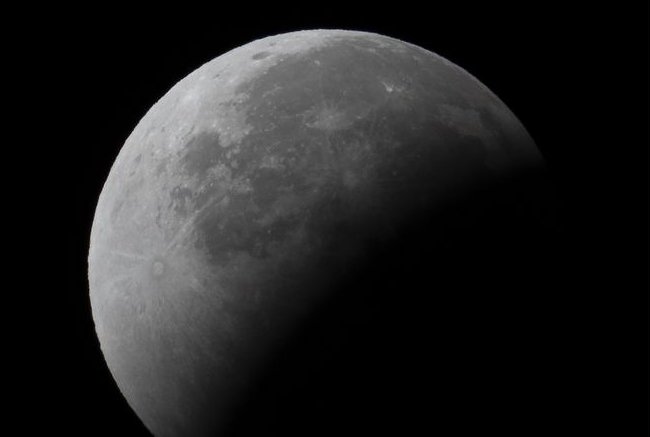AMERICAN JUNKIES
Study: Older adults, Medicare, Medicaid beneficiaries at higher risk for opioid overdose
Older adults and those on Medicare and Medicaid are at higher risk for opioid overdoses than others, according to a new study. Photo by LizM/Pixabay
Jan. 28 (UPI) -- Adults age 75 years and older prescribed opioid medications for pain conditions are about three times more likely to overdose on the drugs than younger adults, based on a study related to Oregon and published Friday by JAMA Network Open.
This figure includes people who accidentally take more than the prescribed amount of the medication and those who intentionally overdose in an attempt to self-harm, the researchers said.
Compared with those covered by private healthcare insurance, Medicare and Medicaid beneficiaries are up to four times more likely to overdose on prescribed opioids, the data showed.
In addition, those with mental health disorders, such as depression and substance use disorder, are at higher risk for overdose with these drugs, according to the researchers.
RELATED Opioid misuse is rising among Americans aged 55 and older
"Opioids are risky for anyone taking them," study co-author Dr. Scott Weiner told UPI in an email.
"Patients should be aware that they need to be especially careful with opioids, [particularly] older adults or those with public insurance," said Weiner, medical director of the Brigham Comprehensive Opioid Response and Education Program at Brigham and Women's Hospital in Boston.
Although the use of prescription opioid medications in pain management has declined with increased understanding of the dangers associated with them, the United States saw more than 100,000 people die from overdoses in 2020 alone.
"Opioids are risky for anyone taking them," study co-author Dr. Scott Weiner told UPI in an email.
"Patients should be aware that they need to be especially careful with opioids, [particularly] older adults or those with public insurance," said Weiner, medical director of the Brigham Comprehensive Opioid Response and Education Program at Brigham and Women's Hospital in Boston.
Although the use of prescription opioid medications in pain management has declined with increased understanding of the dangers associated with them, the United States saw more than 100,000 people die from overdoses in 2020 alone.
RELATED Opioid prescriptions dispensed at retail pharmacies decline, study finds
Research suggests that misuse of the medications among adults age 55 years and older is on the rise nationally.
Weiner and his colleagues analyzed insurance claims data for nearly 237,000 adults in Oregon who were prescribed opioid pain medications starting in 2015 and tracked their health through the end of 2018.
Of those included in the study, 667, or 0.3%, experienced an opioid overdose, the data showed.
Research suggests that misuse of the medications among adults age 55 years and older is on the rise nationally.
Weiner and his colleagues analyzed insurance claims data for nearly 237,000 adults in Oregon who were prescribed opioid pain medications starting in 2015 and tracked their health through the end of 2018.
Of those included in the study, 667, or 0.3%, experienced an opioid overdose, the data showed.
RELATED More than 100,000 people died of drug overdoses in one year in U.S., report says
Participants age 75 years and older had more than twice the rate of opioid overdoses per person per year than the next highest demographic group, those ages 18 to 24 years, and a four-fold higher rate than those ages 35 to 44 years, the researchers said.
"Prescribers should understand the longer-term risks of prescribing opioids to their patients for acute pain," Weiner said.
"This does not mean that opioids should be withheld because someone is in a higher risk group [but] that prescribers should use more caution when prescribing to them," he said.









